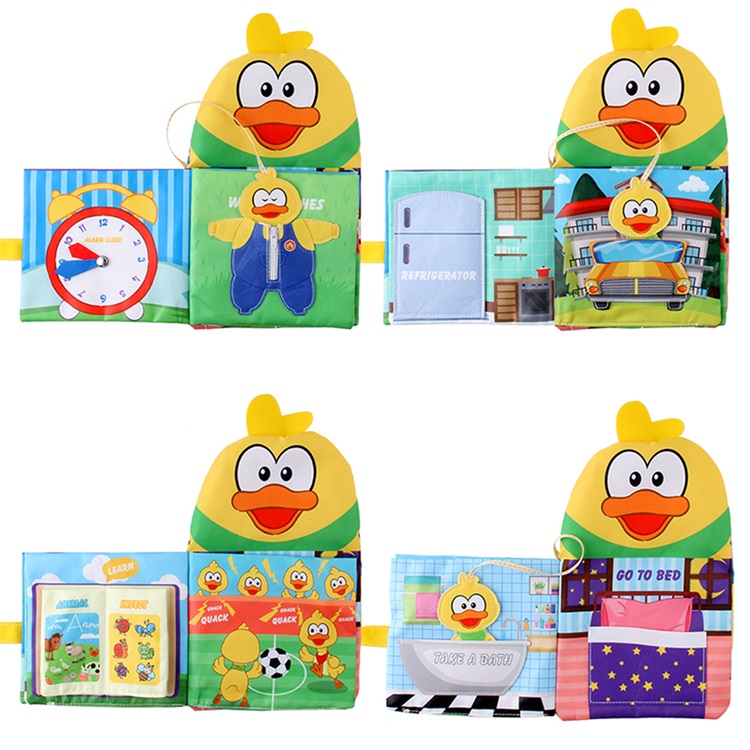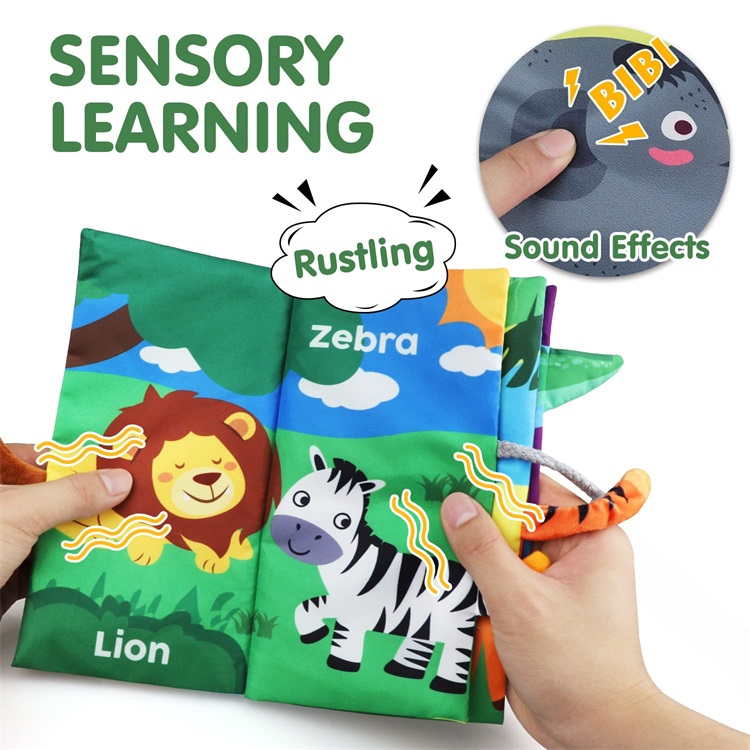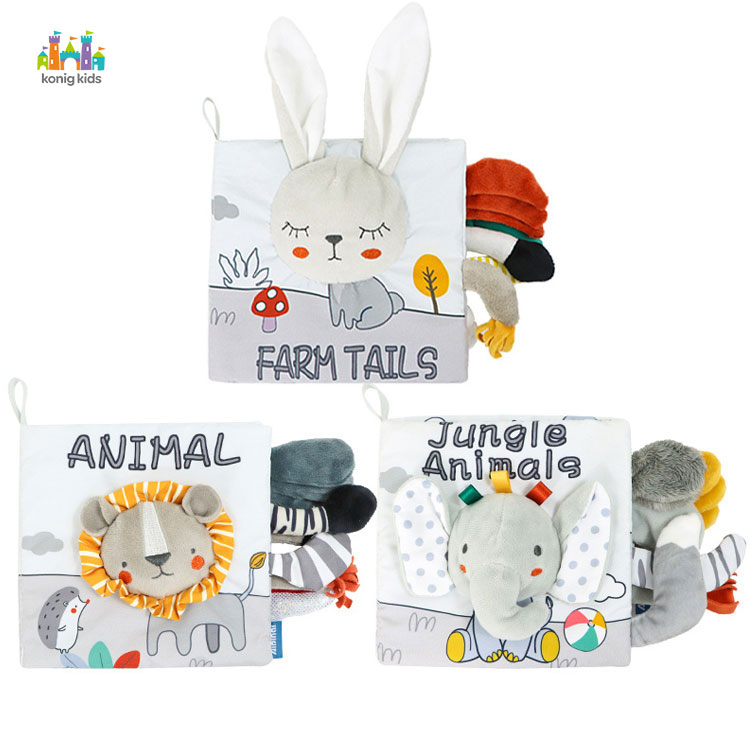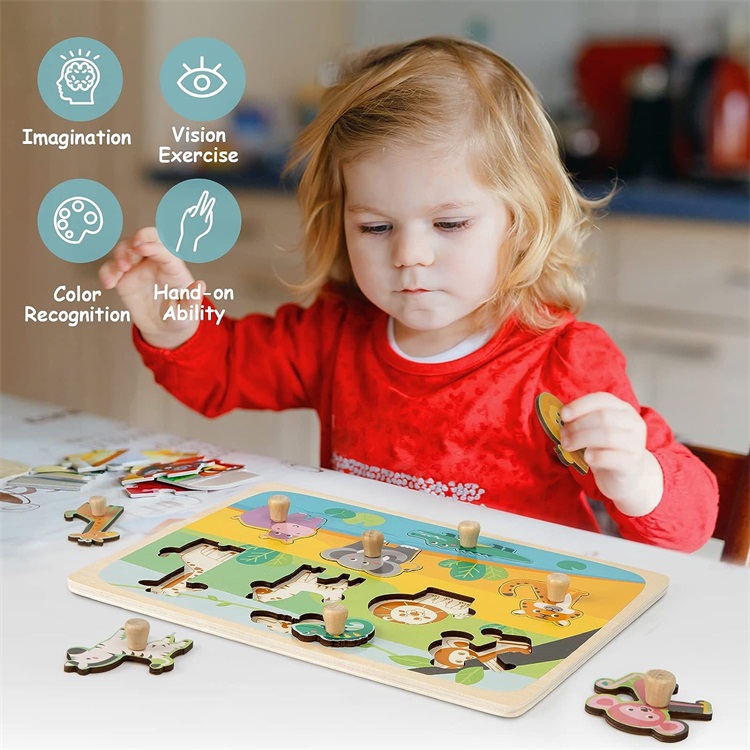Exploring the World of Baby Soft Books: A Sensory Adventure
The Magic of Touch and Texture Soft books are designed with a variety of textures to engage a baby’s sense of touch and promote sensory exploration. These textures can include crinkly fabrics, fuzzy patches, ribbons, and smooth surfaces. When babies touch and feel these different textures, it stimulates their tactile senses and helps them develop a greater understanding of the world around them.
The use of different textures in baby soft books also encourages babies to explore and manipulate the book with their hands. As they turn the pages and feel the different textures, they develop their fine motor skills and hand-eye coordination. The tactile experience of soft books creates a multi-sensory reading experience that captivates babies and keeps them engaged.
Vibrant Colors and Visual Stimulation Babies are naturally drawn to bright, vibrant colors, and baby soft books take advantage of this by incorporating a wide range of hues. The use of contrasting colors, such as black and white or bold primary colors, helps babies distinguish between different shades and stimulates their visual perception.
In addition to colors, baby soft books often feature simple, eye-catching illustrations. These illustrations typically depict familiar objects, animals, or people, allowing babies to recognize and associate them with real-world counterparts. By exposing babies to these visuals, soft books help develop their visual memory and object recognition skills.
Interactive Features and Engaging Activities One of the key features that sets baby soft books apart is their interactive nature. Many soft books include elements like peek-a-boo flaps, touch-and-feel panels, and crinkly pages. These interactive features encourage babies to actively participate in the reading experience, making it more engaging and enjoyable for them.
Peek-a-boo flaps, for example, introduce an element of surprise and anticipation as babies lift the flaps to reveal hidden pictures or characters. Touch-and-feel panels allow babies to explore different textures and sensations with their fingertips. Crinkly pages provide auditory stimulation as babies squeeze and scrunch them, creating a satisfying sound.
These interactive activities not only entertain babies but also contribute to their cognitive and physical development. They help babies develop their fine motor skills, hand strength, and coordination as they manipulate the various elements of the soft book.
Early Language Development Baby soft books play a crucial role in introducing babies to language and promoting early literacy skills. The simple, repetitive words and rhymes found in soft books help babies develop their language skills and expand their vocabulary.
When parents or caregivers read aloud to babies using soft books, they expose them to the rhythm and cadence of language. This exposure helps babies develop an understanding of language patterns and improves their ability to recognize and reproduce sounds. As babies grow, they begin to associate the words they hear with the images in the soft book, building a foundation for comprehension and communication.
Furthermore, the act of reading aloud with soft books creates a positive association with reading and storytelling. Babies learn to associate reading with comfort, love, and bonding experiences with their caregivers. This early exposure to books and language sets the stage for a lifelong love of reading and learning.
Conclusion: Baby soft books offer a sensory adventure for babies, stimulating their senses of touch, sight, and sound. Through the use of textures, vibrant colors, interactive features, and early language development, soft books provide a holistic approach to early childhood development. By incorporating soft books into daily routines, parents and caregivers can create a nurturing environment that fosters a love for reading and sets the stage for a lifetime of learning.
Post a Comment
You must be logged in to post a comment.








